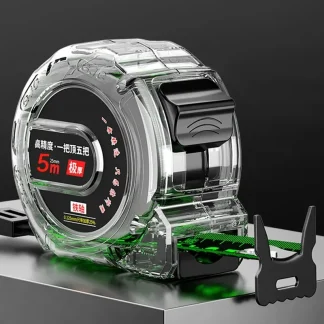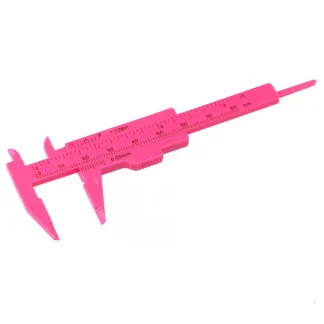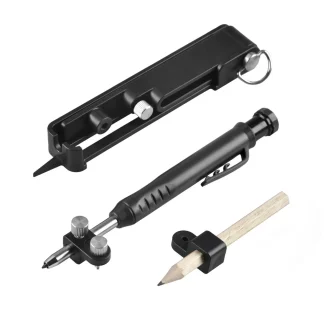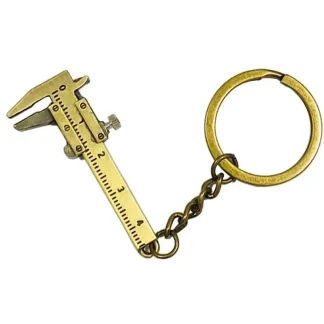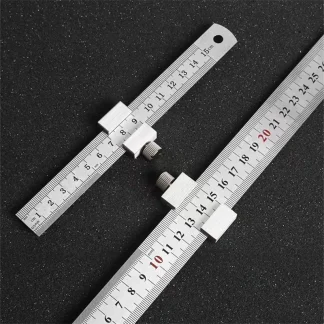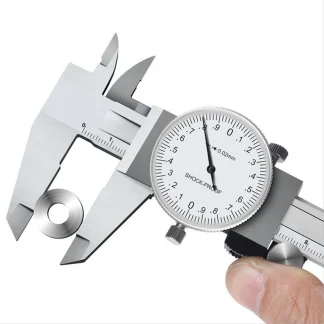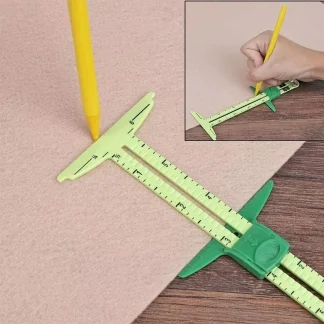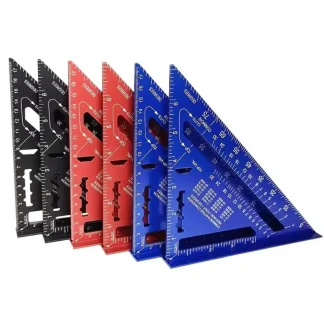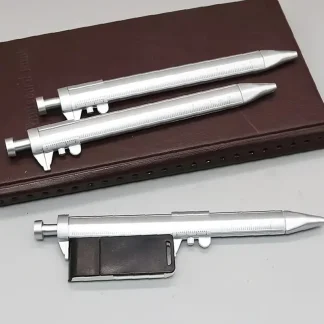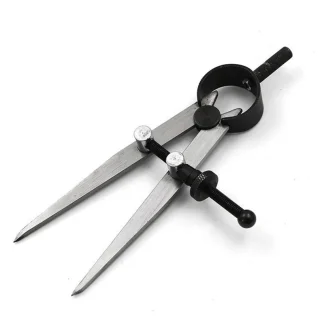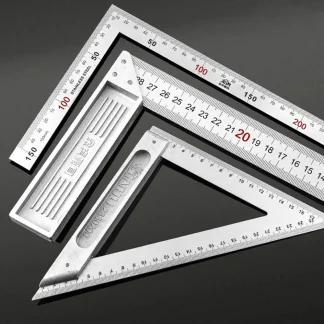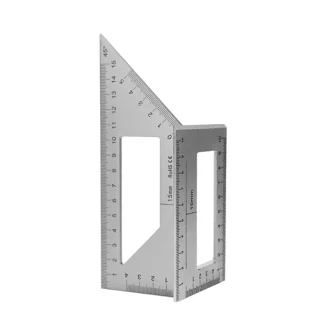Precision in Motion: The Significance of Distance Measuring Tools
Explore the world of measuring tools, where accuracy meets innovation in a fascinating journey through time. Designed to provide precise measurements over various distances, these items are essential for architects, engineers, surveyors, and outdoor enthusiasts alike. Whether for professional use or recreational activities, these items enhance efficiency and accuracy in a range of applications.
The Evolution of Distance Measuring Tools: From Ancient Techniques to Modern Innovations
The history of these products are rich and varied, stretching back to ancient civilizations. Early humans relied on rudimentary methods, such as pacing and the use of ropes or chains, to measure. These early techniques were often imprecise and depended heavily on individual estimates, making them less reliable for formal applications.
As societies advanced, so did their methods of measurement. The ancient Egyptians utilized measuring rods for constructing their pyramids, while the Romans developed a system called the "Roman mile," which was defined as 1,000 paces. By the Middle Ages, the invention of the surveying chain marked a significant leap in technology, allowing for more accurate and systematic measurements in land surveying.
The Industrial Revolution ushered in further advancements, leading to the development of more sophisticated tools such as the theodolite, which allowed surveyors to measure horizontal and vertical angles. This precision instrument paved the way for modern surveying techniques and laid the groundwork for these items, such as laser meters and GPS technology, which have revolutionized the field.
The Cultural Impact of Distance Measuring Tools
These items hold significant cultural importance, representing humanity's pursuit of knowledge and understanding of the environment. Throughout history, the ability to accurately measure distances has played a critical role in architecture, engineering, and navigation, shaping the built environment and influencing human settlement patterns.
In many cultures, particularly those with rich histories in exploration and trade, measuring tools were essential for navigation and mapping. The Age of Exploration saw the use of sophisticated instruments like the sextant and compass, which enabled explorers to chart new territories and expand the boundaries of the known world. This era highlighted the importance of precision in navigation, directly impacting global trade and cultural exchange.
Additionally, in contemporary society, these products are often viewed as symbols of progress and innovation. The ability to measure distances accurately is integral to various fields, from urban planning to scientific research, reflecting a commitment to precision and efficiency in the daily lives.
The Design and Features of Distance Measuring Tools
Measuring tools are characterized by their diverse designs and functionalities. Traditional pieces, such as tape measures and surveying chains, are designed for straightforward, manual measurement. These items are typically lightweight, portable, and user-friendly, making them ideal for various applications, from home improvement projects to professional surveying.
These items, on the other hand, incorporate advanced technology to enhance accuracy and convenience. Laser distance meters, for instance, provide quick and precise measurements with the push of a button, eliminating the need for cumbersome manual calculations. These devices often include features like built-in calculators, memory functions, and Bluetooth connectivity for seamless data transfer.
GPS technology has further transformed measurement, allowing users to determine their location and measure between points with unparalleled accuracy. This technology is particularly valuable for outdoor enthusiasts, land surveyors, and urban planners, offering real-time data that can be accessed easily and efficiently.
Innovations in Distance Measuring Tool Design
Recent innovations in distance measuring tools have expanded their capabilities and applications. Smart technology integration is on the rise, with these items equipped with digital interfaces that provide advanced functionalities. These include features such as augmented reality overlays, which allow users to visualize measurements in their environment, enhancing usability and accuracy.
Customization has also become a significant trend, with many manufacturers offering tailored solutions to meet specific user needs. From adjustable laser ranges to specialized settings for different applications, these innovations cater to diverse industries and ensure that users can rely on these items for various tasks.
Sustainability is gaining attention as well, with manufacturers exploring eco-friendly designs and energy-efficient technologies. This reflects a broader societal movement towards responsible consumption, offering users environmentally conscious options that do not compromise on performance or reliability.
The Future of Distance Measuring Tools
The future of distance measuring tools promises continued innovation, adaptability, and sophistication. As technology advances, we can expect to see new features that enhance user experience and improve accuracy, including enhanced connectivity and data integration capabilities. This will allow for seamless collaboration across disciplines, improving efficiency in various fields.
Personalization will remain a key focus, with advancements in design allowing users to select features and functions that best suit their needs. As professionals and enthusiasts alike seek these items that cater specifically to their applications, customization will play a crucial role in the development of technologies.
As the demand for precise measurements grows in the increasingly data-driven world, distance measuring tools will continue to evolve, integrating new technologies and responding to the changing needs of users. The emphasis on precision, practicality, and personalization will ensure that these items remain vital instruments in the daily lives and professional practices.
Choosing the Right Distance Measuring Tool
Selecting the appropriate pieces requires careful consideration of factors such as intended use, required features, and personal preference. For casual users or home improvement projects, a simple tape measure or basic laser meter may suffice. However, for professionals in surveying, engineering, or construction, investing in advanced these products with comprehensive features may be necessary to ensure accuracy and efficiency.
The design and usability of the tool should also align with the user’s specific needs. Whether one prefers a traditional tape measure or a high-tech laser device, the right item can significantly enhance the measuring experience and overall results. Familiarizing oneself with various options will help users make informed decisions that reflect their unique requirements.
Confidence in the chosen option will enhance the user's ability to tackle projects with precision and ease. Embrace the advantages that these items provide and discover how they can transform your experience, ensuring accuracy and reliability in every application.
Conclusion: The Enduring Importance of Distance Measuring Tools
Distance measuring tools epitomize the blend of functionality and precision, serving as indispensable aids in a variety of fields. Their evolution from ancient techniques to modern technologies illustrates their enduring relevance and significance in the increasingly complex world.
By understanding their history, cultural impact, and design features, we can appreciate these products as more than mere instruments—they are essential components of the collective pursuit of knowledge and accuracy. Explore the diverse landscape of these items and find the perfect addition to your toolkit, reflecting both sophistication and practicality.
Whether for personal projects or professional endeavors, well-designed product offer unparalleled precision and functionality, ensuring that you can navigate the complexities of measurement with confidence. Embrace the timeless importance of these items and make them a trusted part of your measuring journey.
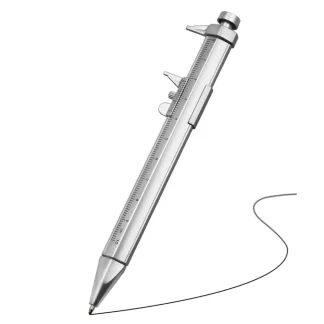 + 5
+ 5